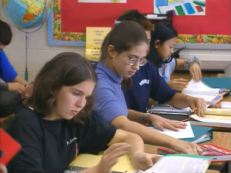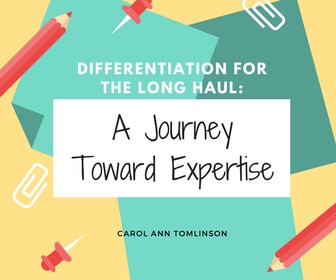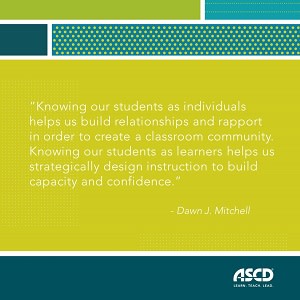Survey, Question, Read, Recite, and Review — better known as SQ3R — is a strategy for active reading comprehension. It is particularly useful for textbook chapters, magazine, or newspaper articles, as students will first survey the text for features like heading, subtitles, figures, and images, to get an idea of how the topic will be organized. Students then generate or preview questions associated with the text, to see what they can already answer, and to set a purpose for what they should think about, when they go back and read the chapter or article. Predicting answers also invests students in discovering what the text will reveal. Students take two column notes, while they read. And finally, recite or summarize the text and answer associated questions. How do you use SQ3R?








